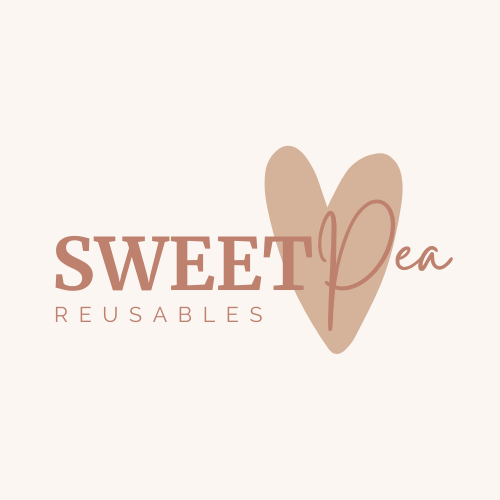Care instuctions
All absorbent Materials:
At this point, we do not provide you with a washing routine - because this is so so unique to every family!
There is not formula for everyone, and even your routine will change from time to time.
But whats important to know:
All our absorbencies can be washed at 60°C without any problems. Sanitizing at 90°C is also fine.
None of them require to be treated separately, just add it to your nappy washing routine.
After washing, pull it damp into shape, this is like all materials, they then simply lie nicer and do not shrink so much. Maybe you'll use the dryer anyway.
If you are just starting out with cloth diapers and don't have a washing routine yet, feel free to check out: cleanchlothdiapers.com
Wool cover:
You can machine wash your cover at a gentle wool cycle (30-40°C and low spin not more than 800rpm). Please invest in an extra wool detergent - doesn't need to be something special, just suitable for wool.
In the event that your cover is heavily soiled, you may prefer to hand wash it before washing it in the machine - especially around the elastics.
Generally, if you prefer a handwash (not getting a full machine with wool or other reasons) you are fine to do so. Please don't twist your cover. Just gently press out the water.
For very soiled areas you might consider buying a lanolin soap which you can directly apply on soiled areas.
Lanolising your cover:
You need to lanolise your cover after washing it with a detergent as soaps will mainly remove the fat (Lanolin) from your cover.
Did you know? You don't need to initially lanolise our covers when receiving you new goodies because our wool still contains enough natural lanolin.
However, sooner or later you want to lanolise them by yourself by using the following ingredients:
- 1/2 tsp. Lanolin
- some flakes of natural soap rasping (Generally every kind of soap is possible we prefer organic solid soaps or baby shampoo)
Mix them both together in hot water to emulsify everything. You'll get a turbid emulsion. If it does not become turbid, you need to add a little more soap, this is important because otherwise the lanolin will not be dispersed properly.
When all of the lanolin has been emulsified, there should no longer be any oily yellow spots floating on top of the water.
This goes into a large bowl of cooler water (not more than 40°C) where then your wool cover comes in. Give it a few good presses into the liquid and make sure that all of it has had good contact and is not just floating on the surface. Alternatively, you can also put something to weigh it down.
It is not necessary to leave it in for several hours, 10 to 20 minutes is sufficient.
Then fold the cover carefully and press the liquid out very gently, do not wring or twist. Alternatively, place between two towels and press out, do not rub.
DONE! You got it!
Linedry in shade afterwards.
Please note: Knitted wool garments or nappies are usually dried flat. The Cotton outer of our nappies prevent them from losing their shape, so it's ok to linedry them.
We lanolized 5 of our wool covers in a small 5L bucket with this recipe. Yes really, you need little lanolin.
If you only lanolize ONE cover, I would also advise a little less lanolin (The specification is really hard for me here, because how much is just less than 1/2 teaspoon, right?) Please feel free to text me if you are unsure! But I'm confident after a times of practice, you will find the right amount for you.
xxAnna
